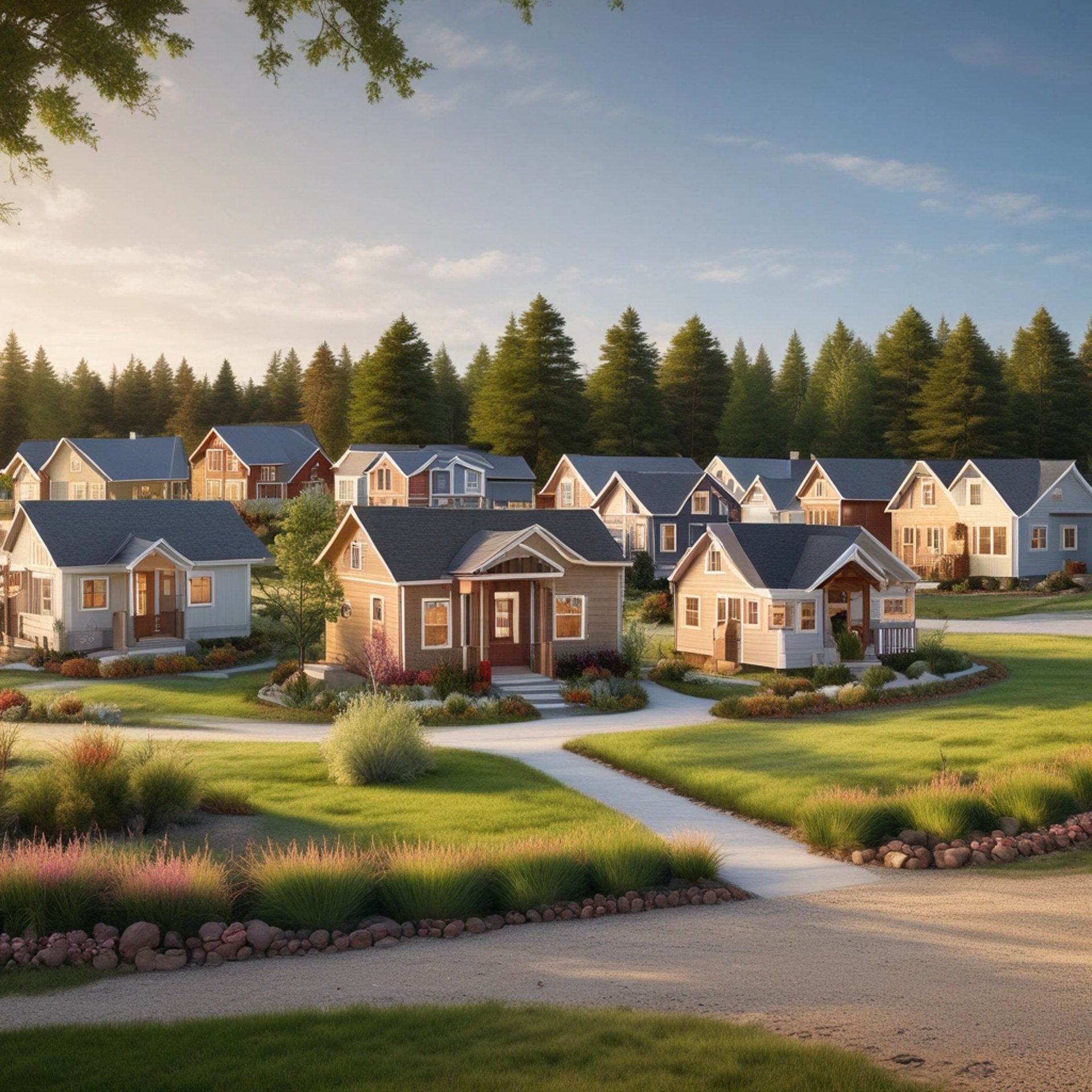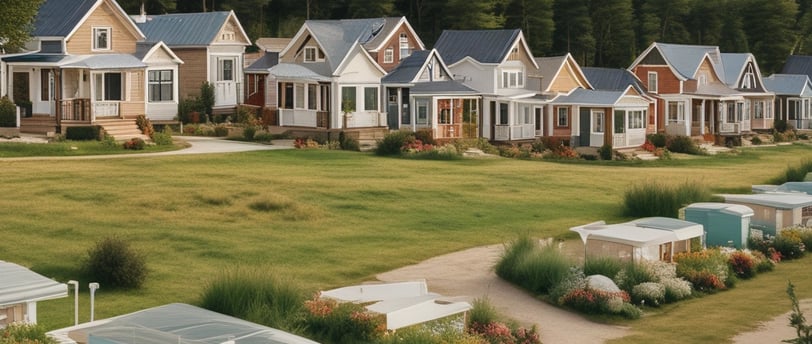Exploring the Benefits of Tiny Home Communities
4/4/20252 min read



Introduction to Tiny Home Communities
Tiny home communities have gained significant popularity in recent years due to their eco-friendly approach and affordable living conditions. These unique settlements offer various benefits that appeal to individuals and families seeking a minimalist lifestyle. In this article, we will delve deeper into the numerous advantages of living in a tiny home community.
Affordability and Financial Freedom
One of the primary benefits of tiny home communities is their affordability. With lower construction costs and reduced utility expenses, individuals can enjoy financial freedom while embracing a simpler way of life. Tiny homes typically range from 100 to 400 square feet, making them significantly cheaper to buy or rent than traditional homes. This financial relief allows residents to allocate their resources towards experiences and investments rather than sustaining large mortgages.
Environmental Benefits
Another compelling aspect of tiny home communities is their minimal impact on the environment. Tiny homes occupy less land and consume fewer resources, resulting in a reduced ecological footprint. Many tiny home builders prioritize sustainability, using renewable materials and energy-efficient designs. Residents often embrace a lifestyle centered around nature, promoting sustainable practices such as gardening, composting, and conservation. Living in a tiny home community fosters a sense of environmental responsibility and encourages sustainable living within a collective ethos.
Strong Sense of Community
Living in a tiny home community nurtures a strong sense of camaraderie among its residents. These neighborhoods usually feature shared spaces and communal amenities—such as gardens, workshops, and recreational areas—encouraging residents to interact and forge friendships. This social aspect often leads to a supportive network of individuals keen on sharing resources and skills. A sense of belonging and communal living fosters emotional well-being, making it easier for residents to share their experiences and create lasting bonds.
Flexibility and Mobility
Tiny home communities often provide a unique opportunity for flexibility and mobility. Unlike traditional housing, many tiny homes can be mobile, allowing residents to transport their living space as needed. This adaptability enables individuals to relocate for job opportunities or personal preferences without the stress of selling or moving a conventional home. The combination of mobility and affordable housing makes tiny home communities an attractive option for those seeking a nomadic lifestyle or new adventures.
Conclusion
In conclusion, tiny home communities stand out as a viable alternative for those seeking affordability, environmental sustainability, a supportive social structure, and flexibility in living arrangements. As the world moves toward compact living solutions, these communities will likely continue to evolve and attract a diverse group of individuals eager to simplify their lives. Embracing a tiny home community not only contributes to one’s well-being but also promotes a shift toward a sustainable future.
Simplicity
Explore the benefits of tiny home living.
Sustainability
Freedom
CraftYourTinyHome • © Copyright 2025 All Rights Reserved
